Vikings were known for their remarkable combat skills and strategic tactics on the battlefield. However, one may wonder how they communicated with each other during the chaos of battle.
The answer lies in their use of signals and commands.
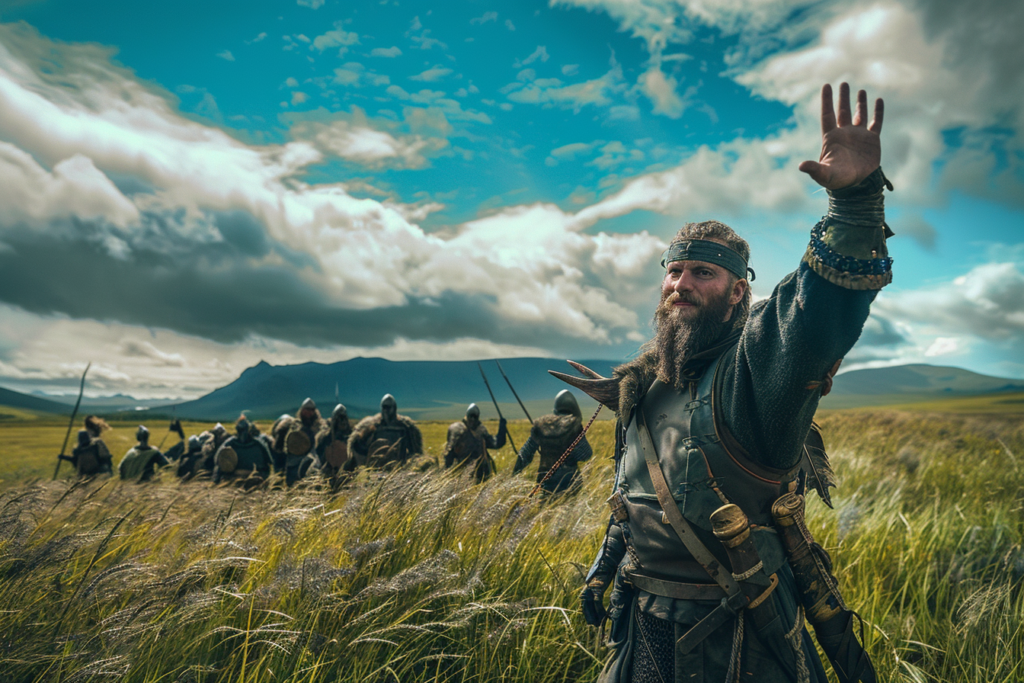
Communication was a crucial aspect of Viking warfare. Warriors needed to understand each other’s intentions to achieve success on the battlefield. Vikings used a variety of signals and commands to communicate with each other during battle. These signals included horn blasts, drumming, shouting, and flag waving.
The horn blasts were used to signal the start of an attack, while drumming was used to signal the retreat. Shouting was used to convey information quickly, and flag waving was used to signal the location of the enemy.
Vikings also used a variety of commands to direct their troops during battle. The commands were simple and easy to understand, and they were given in the native language of the warriors.
These commands included “attack,” “retreat,” “form a shield wall,” and “charge.” The simplicity of these commands allowed the Vikings to communicate quickly and effectively during battle, even in the midst of chaos.
Viking Battle Communication Methods
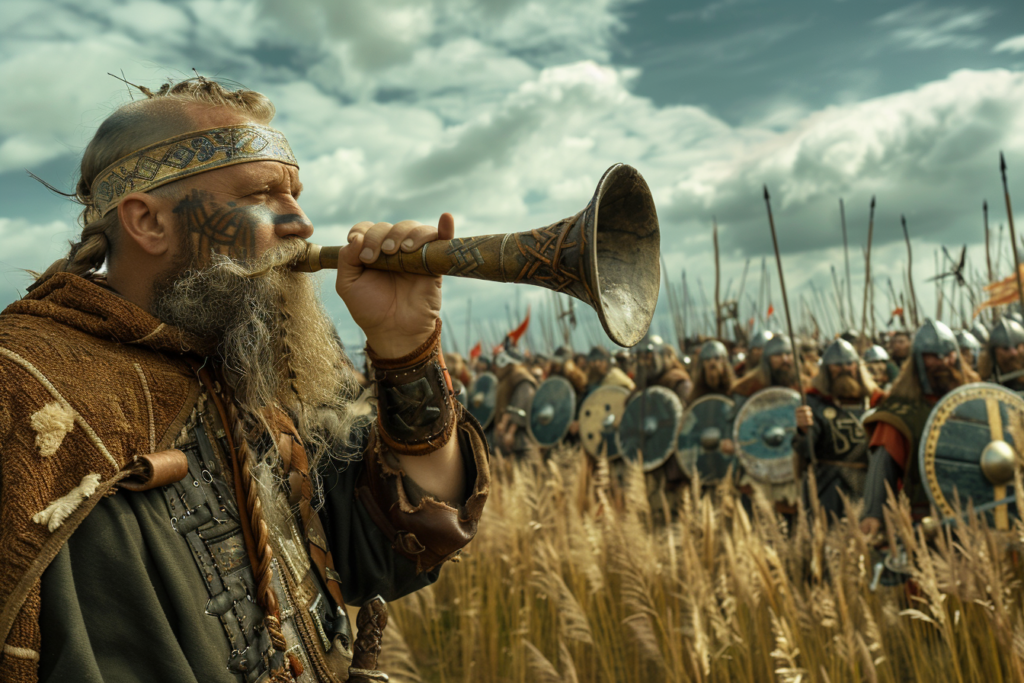
During the Viking Age, communication on the battlefield was crucial for success. Vikings used various methods to communicate with each other, including horns and drums, standards and symbols, and shouts and calls.
Horns and Drums
Horns and drums were the most common instruments used by Vikings to communicate on the battlefield. The sound of a horn or drum could be heard from a distance, and it was used to signal various commands such as attack, retreat, or regroup. The horns and drums were usually played by experienced warriors who had a good sense of timing and rhythm.
Standards and Symbols
Standards and symbols were also used by Vikings to communicate on the battlefield. A standard was a flag or banner that was carried by a warrior or a group of warriors. The standard usually had a unique design or symbol that represented the warrior or the group. The standard was used to identify the location of the warrior or the group on the battlefield.
Shouts and Calls
Shouts and calls were another method used by Vikings to communicate on the battlefield. Shouts and calls were used to convey messages quickly and efficiently. For example, a Viking warrior might shout “Shield Wall!” to signal to his comrades to form a defensive line. Similarly, a Viking might call out the name of his opponent to challenge him to a one-on-one combat.
Battlefield Formations and Tactics
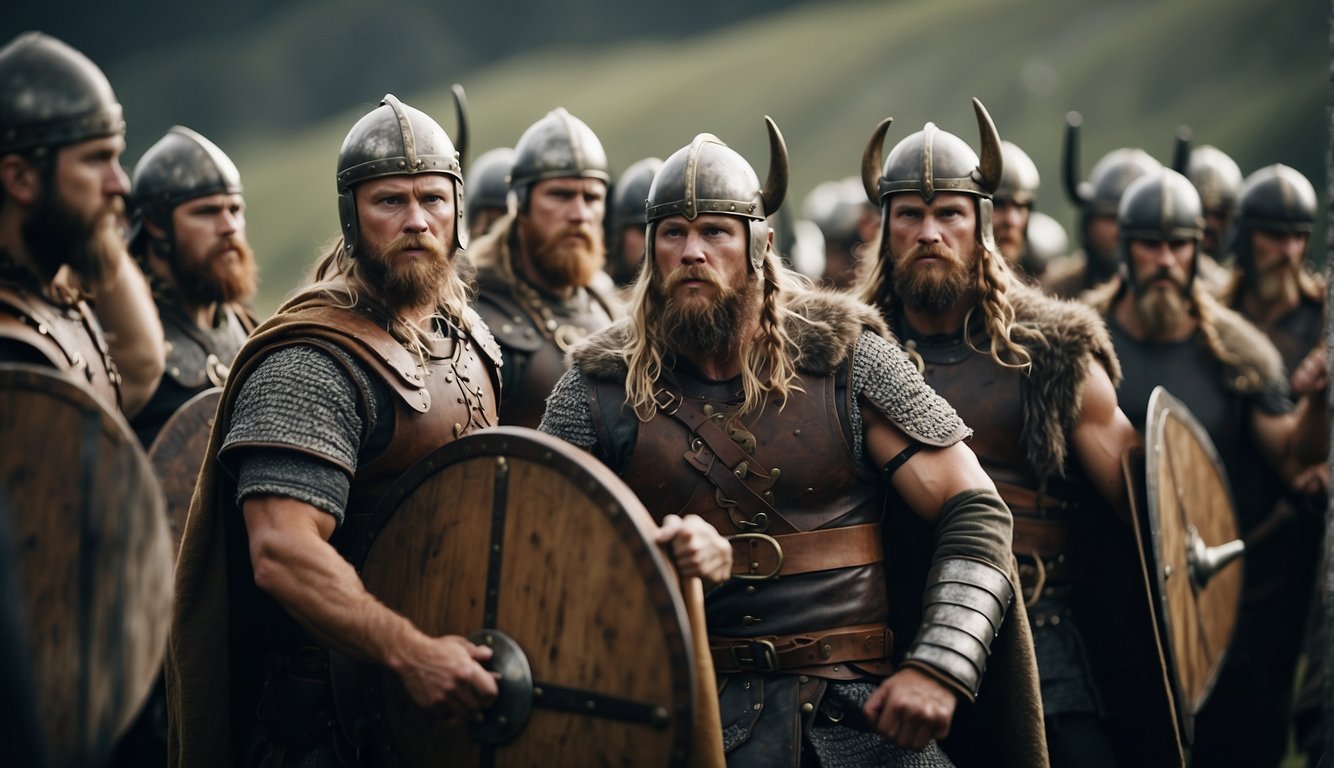
During battle, Vikings utilized various formations and tactics to gain an advantage over their enemies. These formations allowed the Vikings to work together as a cohesive unit, making it difficult for the enemy to break through their defenses. In this section, we will explore some of the most common battlefield formations and tactics used by Vikings.
The Shield Wall
One of the most well-known Viking formations was the Shield Wall. This formation was used to protect the warriors from enemy attacks and to push forward as a single unit. The warriors would stand shoulder-to-shoulder, with their shields overlapping and their spears pointing outwards. This formation allowed the Vikings to create a wall of shields that was difficult for the enemy to penetrate.
Hit-and-Run Tactics
Vikings were known for their hit-and-run tactics. They would often launch surprise attacks on their enemies and then retreat quickly before the enemy could counterattack. This tactic allowed the Vikings to inflict damage on their enemies without sustaining heavy losses.
Surprise Attacks
Surprise attacks were another common tactic used by Vikings. They would often attack their enemies when they least expected it, catching them off guard and causing chaos on the battlefield. This tactic was especially effective when combined with hit-and-run tactics, as it allowed the Vikings to quickly strike and then retreat before the enemy could mount a counterattack.
Weapons and Armor in Viking Warfare

Vikings were known for their prowess in battle, and their weapons and armor played a crucial role in their success. In this section, we will explore the different types of weapons and armor used by Vikings in warfare.
Swords and Axes
Swords and axes were the primary weapons used by Vikings in battle. Swords were often expensive and reserved for the wealthiest warriors, while axes were more common. Viking swords were typically double-edged and designed for both cutting and thrusting. Viking axes were also double-edged and could be used for chopping, hacking, and hooking.
Shields and Armor
Shields were an essential part of Viking warfare. Viking shields were typically round and made of wood, with a metal boss in the center for added protection. Viking warriors would often carry a shield in one hand and a weapon in the other. Armor was also important in Viking warfare. Viking armor was typically made of chainmail or leather and provided protection from both swords and arrows.
Longships in Battle
Longships were another important aspect of Viking warfare. Viking longships were designed for speed and maneuverability, and could navigate both shallow rivers and open seas. Longships were often used in surprise attacks, allowing Viking warriors to quickly land on enemy shores and pillage nearby settlements. During battle, Viking longships would be used to transport warriors and supplies, and could also be used to ram enemy ships.
Cultural Aspects of Viking Battles

Religious Beliefs and Battle
Vikings had a strong belief in the afterlife, and they believed that dying in battle would grant them access to Valhalla, a hall of the slain ruled by the god Odin. This belief made them fearless and ferocious in battle, as they were not afraid of death. As a result, they would charge into battle without hesitation, often screaming and howling to intimidate their enemies.
Raiding for Wealth and Reputation
Raiding was an important aspect of Viking culture, and it was often used to gain wealth and reputation. Vikings would raid nearby villages and towns, stealing valuable items and taking prisoners. This was seen as a way to gain wealth and prestige, as successful raids would earn them respect and admiration from their peers.
Chieftains and Kings
Viking society was hierarchical, and battles were often led by chieftains or kings. These leaders were responsible for organizing and leading their warriors into battle.
They were often chosen based on their military prowess and leadership abilities. They would use signals and commands to direct their troops.
They would also fight alongside their warriors to inspire them and boost morale.
In conclusion, Viking battles were heavily influenced by cultural and religious beliefs, as well as the desire for wealth and reputation. Chieftains and kings played a crucial role in leading their warriors into battle, and they used signals and commands to direct their troops. These cultural aspects of Viking battles helped shape the way they fought and the tactics they used, making them a formidable force on the battlefield.


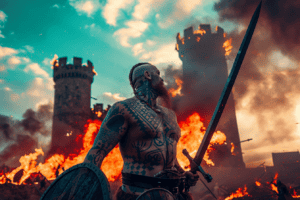
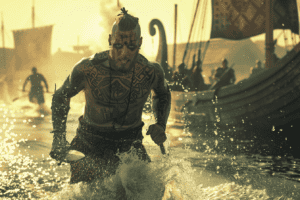






Add Comment